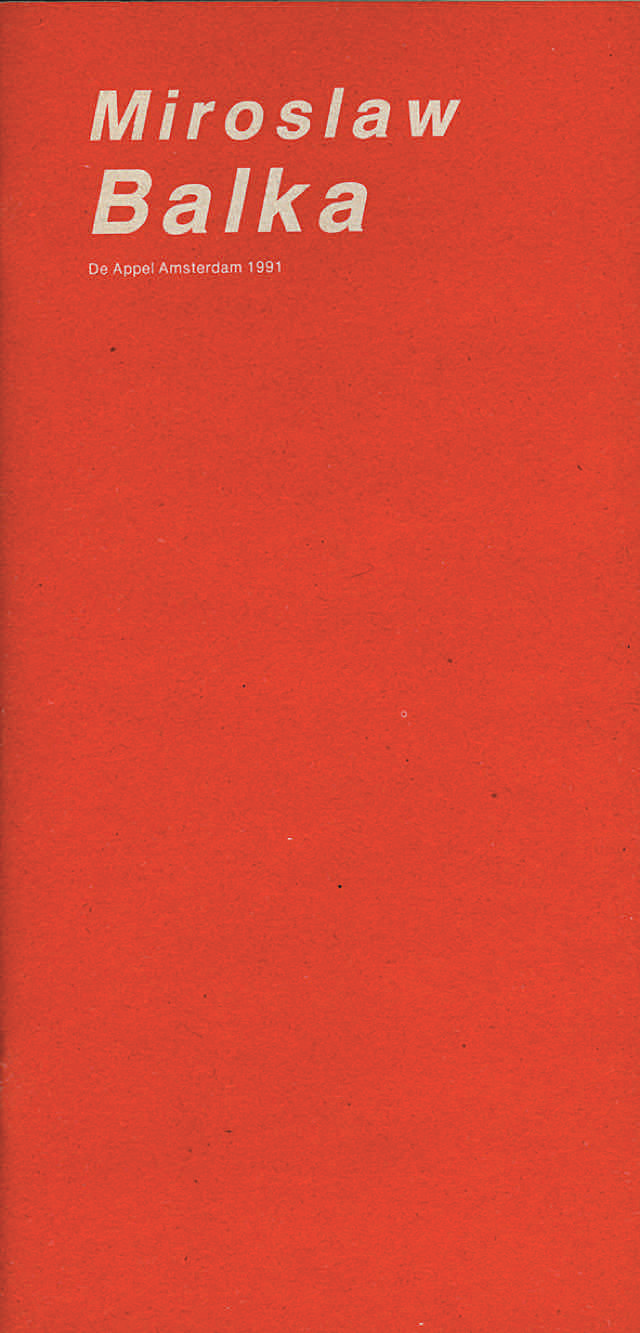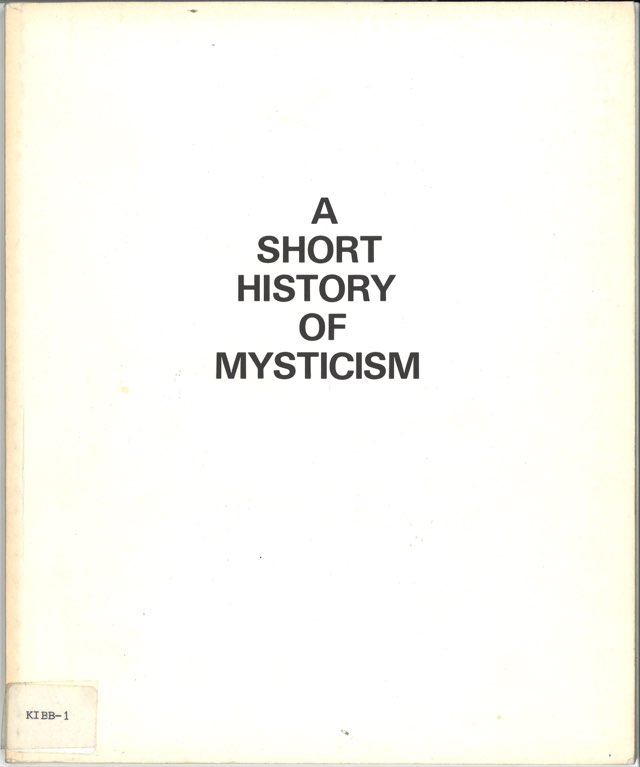Miroslaw Balka "Miroslaw Balka"
de Appel, Prinseneiland 7, Amsterdam

© Cary Markerink, Amsterdam
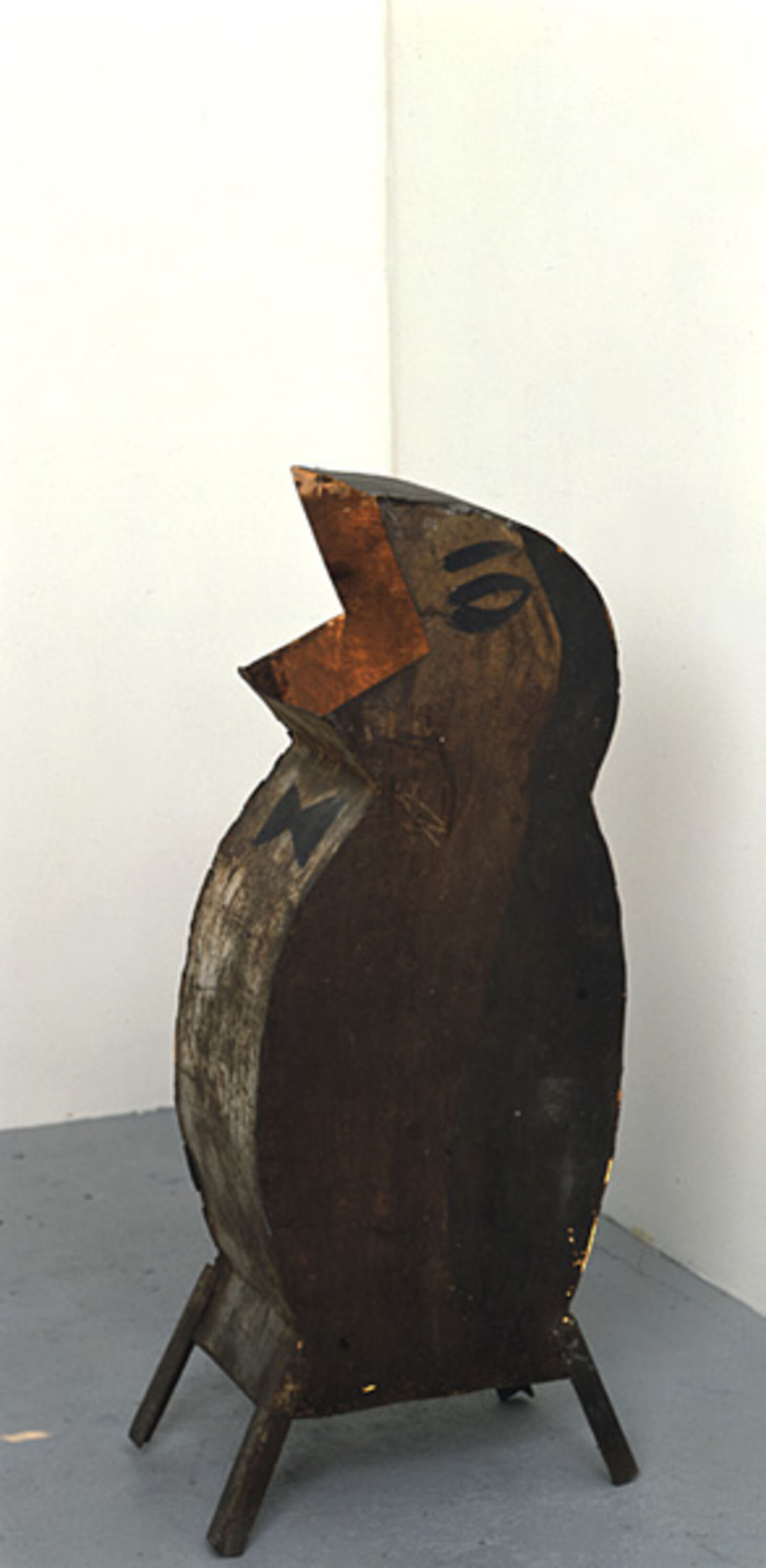
© Cary Markerink, Amsterdam
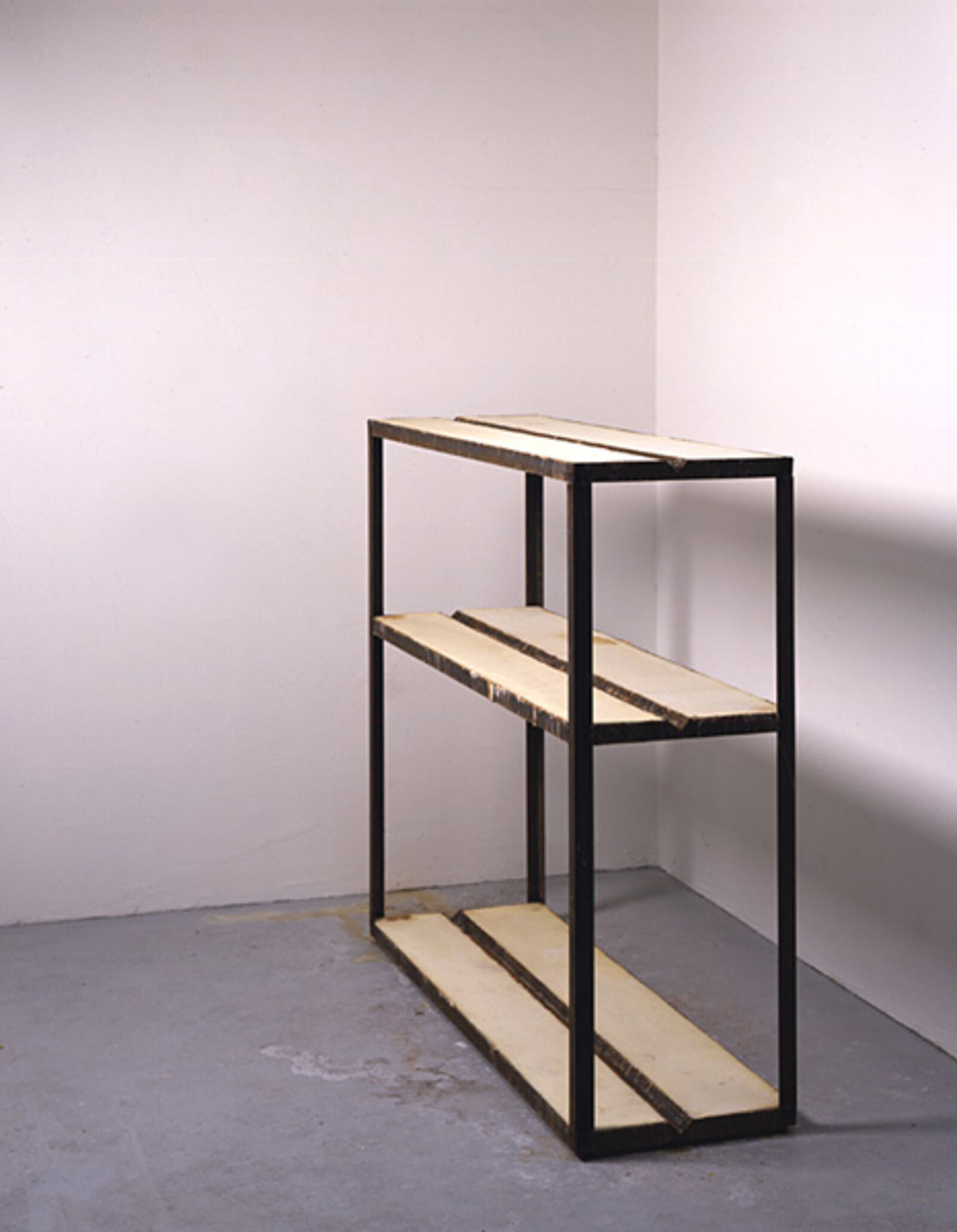
© Cary Markerink, Amsterdam
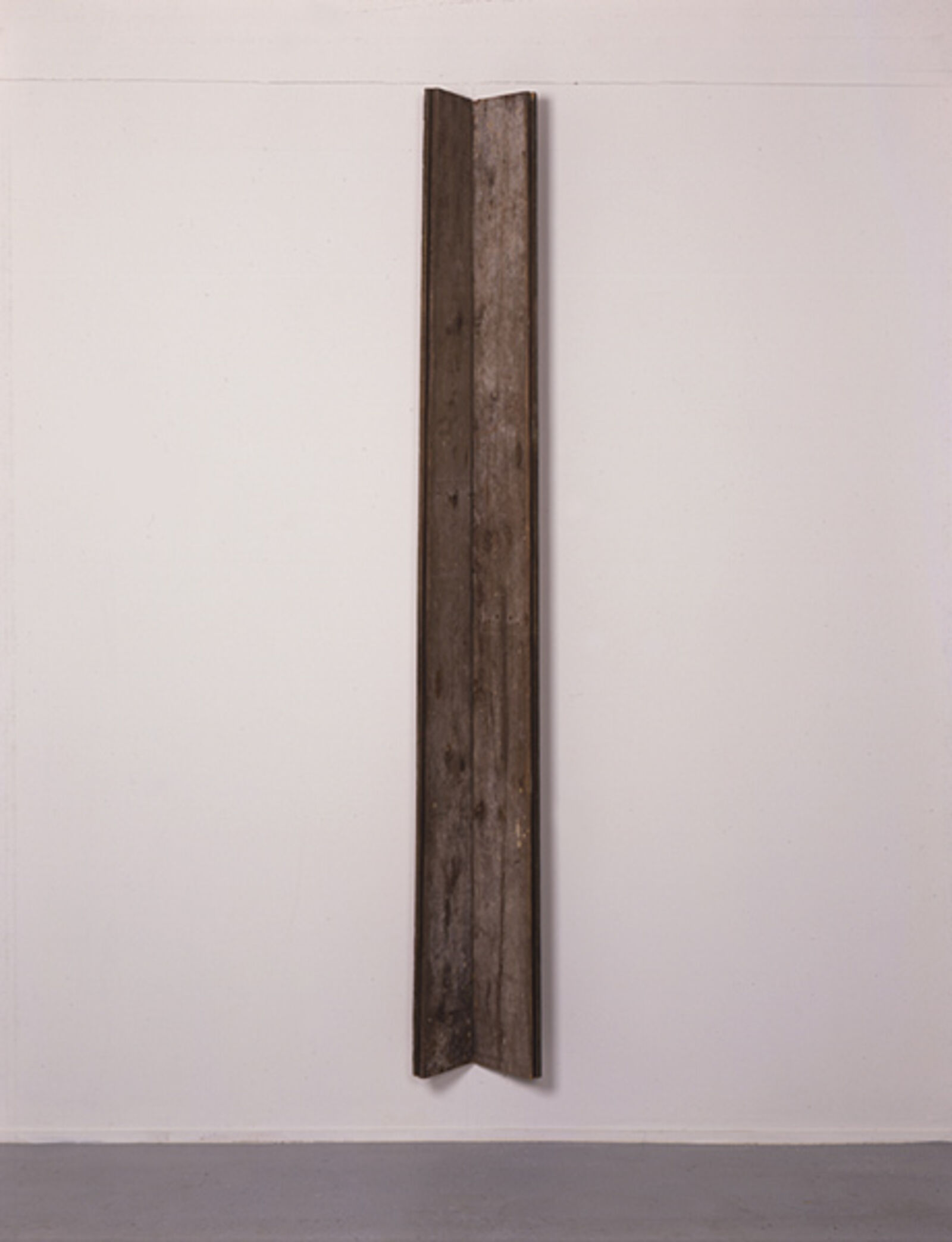
© Cary Markerink, Amsterdam
'Suggesting a human presence without the use of figures, evoking an oppressive atmosphere with a few objects made of old planks of wood: Miroslaw Balka (Warsaw, 1958) describes the working process that precedes these results as ‘a way of abstracting’. To him, abstracting means making forms that are analogous to existing objects, which hence acquire not only a universal but also a personal character. His sculptures are sober, almost ascetic in character and evoke emptiness and desolation, but also a sense of contemplation. By placing the objects with great precision, Balka achieves a tension in his total mise-en-scène which is not always to be experienced in the individual objects. His use of scale is determined by the measurements of the human body, its total height or the length of a foot. Double wooden plank beds seem to be coated with a thick layer of glistening salt, but on touching them one experiences a sensation which opposes the visual one: one bed is soft and wet and is meant to evoke associations with sweat. Somewhere else there is a dry version, which Balka himself titles ‘dry aqueduct'. Touching is repeatedly stimulated, or is visually suggested by the addition of a few pine needles or a rusty nail. Touching is apparently important to Balka, for he says of his wooden boards, which sometimes are more than two centuries old, ‘I connect with history when I touch them'. And, referring to the wooden bed with a heated pillow that he recently exhibited in Venice, 'We cannot catch the continuous. We cannot catch the heat from my pillow. Everything we touch is coming from the past, it's our access to death'. (ref. cat. Possible Worlds, London 1990). In spite of his urge to avoid being literal or narrative, Balka underscores the importance of personal history. For the same reason, he admires Joseph Beuys, 'who showed how important autobiography is for artists'. In the past Balka has assimilated reminiscences of the youth, of his first communion, of helping his grandfather to carve and set up tombstones. in a recognizable way. As well as symbols such as the cross, his early work featured castings of his own body. He describes his work as ‘Catholic in a sense'. Gradually, his work has become more puritan and austere. He no longer needs figures to refer to human beings - they become more intensely evocative through their absence. The human presence is made tangible by applying worn-out, used materials and, above all, by the use of human dimensions.’ (Invitation text by Saskia Bos)
Catalogue: Miroslaw Balka, 1991. Text: Christoph Blase. Dutch & English Bio- & bibliography included. 26 Pages: 3 f.c., 4 b.w., 13 x 26.5 cm. Softcover. Design: Irma Boom. ISBN 90 73501 07 5. SOLD OUT
